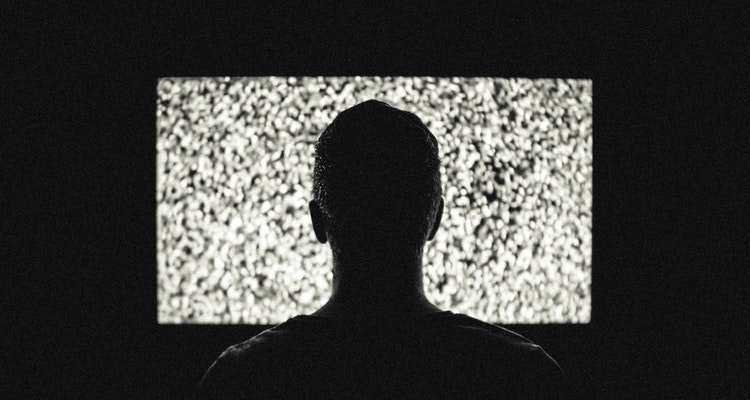
Photo Credit: pexels
When social media was primarily a text-driven medium, there was little or no impact on TV. But now that social media has become primarily a video-driven medium, the impact on TV has been profound. It’s not just that people prefer to watch 30 minutes of silly LOL cat videos on YouTube rather than a 30-minute sitcom during prime time – it’s that social media platforms like Facebook, Instagram and YouTube are rapidly creating TV platforms of their own.
Social media platforms embrace TV
Perhaps the best example is the recent launch of Instagram TV (IGTV), which is clearly being positioned as a new type of TV alternative. Instead of watching horizontal video on your TV screen, why not watch vertical video on your smartphone? In addition, YouTube has launched its own subscription-based cable TV alternative. Facebook has launched Facebook Watch. As a result of this momentum, just about every brand on social media is looking for ways to create clever, engaging video content for these new platforms.
Migration from traditional TV
So it’s perhaps no surprise that the pace of cord-cutting in America is showing no signs of stopping. In fact, if anything, the pace of cord-cutting is accelerating. According to a new study published by Fast Company, 5 million Americans will abandon pay TV for Internet TV this year. That figure would represent a 685% increase over 2016.
And that mass migration to Internet TV is having a really economic impact on the biggest cable TV giants. Fewer subscribers mean dramatically lower revenue. At Comcast, for example, the combined economic impact of cord-cutters and cord-nevers (people who grew up with social media and never even considered cable TV in the first place) could be close $1.6 billion. For AT&T, the economic impact could be $1.2 billion.
Where are the cord-cutters going?
Of course, to keep things honest here, you can’t just assume that all 5 million Americans are dumping cable TV for social media (and social media TV platforms). Some people, for example, are dumping cable TV for Netflix. They’d rather just pay $10 per month and chill with Netflix all weekend. Or, they’re looking into the multitude of other Internet-based streaming platforms, where people pay for channels on an a la carte basis.
How social media is changing TV
But it’s undeniable that the world of TV is forever changing, thanks to social media. For example, if you’re watching a live sporting event, you’re probably also checking comments and reactions on social media at the same time on a different digital device. Social media has made TV social – it’s something you do with your friends, even if you are separated by distance.
And social media has also changed the format and style of TV programming. The days of 30-minute and 60-minute shows are a relic from the days of analog programming. Who says a show can’t be 10 minutes long and still be successful? Who says that commercial breaks need to occur throughout a show? Who says that you can’t time-shift a TV show so that you can enjoy it when you want to watch it, not when a cable TV network says you should watch it?
It will be interesting to see how the new social media TV experiments play out. You could argue the case that social media is not just changing TV – it is also becoming TV. In other words, we now consume social media the way we once did TV. It’s junk food, we know it, but we can’t stop watching.